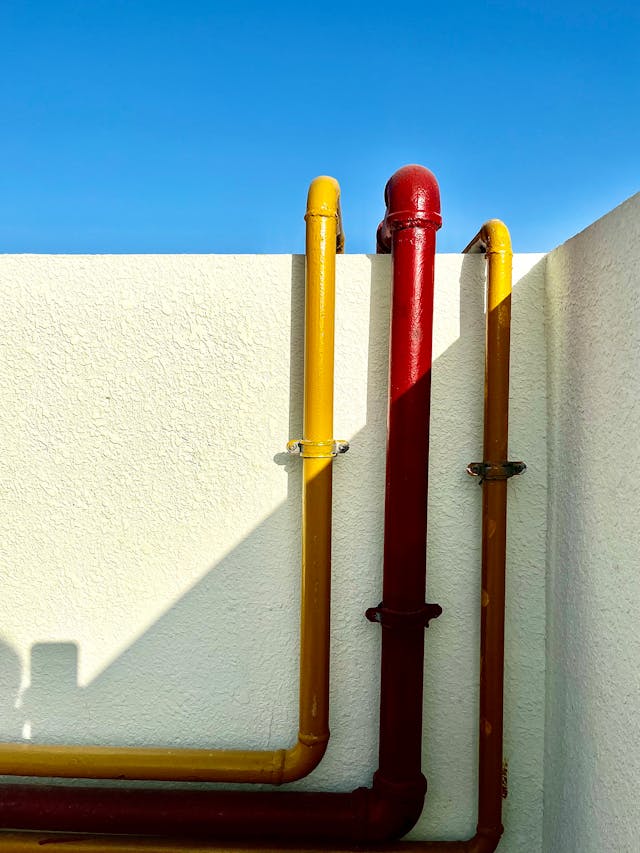BS9990
Request A Service

Over 5 years

Dry Risers Worked With

Wet Risers

Anytime , anywhere

BS9990:2015 Hydrants and Testing
Looking for BS9990 hydrant testing? This is the Dry Risers British Standard that regulate the design, installation, testing and maintenance of dry risers. We provide bs 9990:2015 non-automatic fire-fighting systems in buildings within the UK.
BS 9990:2015 Non automatic fire-fighting systems in UK buildings. The code of practice
BS 9990:2015 gives any building owner the best recommendations for non-automatic fire-fighting systems within the property. The outlines cover great practice in various topics affecting the design, full installation, the testing and any required maintenance of such systems.
This includes any wet and dry fire-fighting mains.
When Is a Dry Riser Needed?


Important BS9990 Information
- All flow tests/pressures
- Dry Riser pumps
- Rising and falling mains
- All maintenance
- Shut-down pressures
The fire protection of any building must be reviewed and documented as a whole.
The terms of all fire mains is an indispensable part of the fire protection systems in all big and complicated buildings.
Why?
This is because it can difficult for fire fighters when providing water supplies at the point of use.
BS9990:2015
Here is more detailed information on the BS9990:2015 standards for fire fighting systems, in particular, this regulation focuses on Dry Riser installations.
It states that;
- When fitting a dry fire main, provide a two-way breeching for 100 mm mains. Each breeching should conform to BS5041-3. Locate each breeching in a dry riser inlet box conforming to BS5041-5 with the enclosure measuring between 400 mm and 600 mm above the ground.
- Horizontal (floor-mounted) inlets are not suitable for most fire main applications.
- The operating pressure of dry fire mains should be up to 12 bar.
- Fit all drain valves inlet breeching with a 25 mm drain valves, conforming to BS5041-3.
- Install an air release valve at the top of all vertical mains to allow for venting of air from the mains.
- Install a landing valve with its lowest point measuring about 750 mm above the ground.
- Provide a landing valve at each floor level, including the landing floor level.
- Install and protect landing valves for fire mains within a box per BS5041-4.
- Install inlet connections for fire main in an external wall or in a boundary wall of a building near the mains they serve, ideally on the exterior face of the fire-fighting shaft and adjacent to the access point.
- Landing valves for dry mains should conform to BS 5041-2. Outlets should be directly threaded. Instead, they should be flanged to allow for easy maintenance.
BS9990 Fire Hydrant Testing
- For typical building applications, the run of horizontal connecting pipe should have a maximum length of 18 m.
- Where the fire-fighting shaft or fire-fighting stair is not adjacent to a perimeter wall, there should be an assessment to determine if more than one inlet should be provided.
- If two or more inlets are provided, they should be located sufficiently far apart to offer viable alternative locations for charging the fire main.
- If more than one fire main dry riser inlet is needed for installation, it should be approved by the authorities and local fire service providers.
- In selecting positions for inlet connections, take note of the positions of fire hydrants, the parking locations for fire appliances, and the effect that falling debris and other possible occurrences during a fire might have on the continuing viability of the location (see BS9991 and BS9999).
- Inlets should be flanged rather than directly threaded to allow for easy maintenance.
- The number and disposition of rising/falling mains should conform with BS9991 or BS9999 as appropriate. For large buildings or sites comprising multiple buildings, do not serve horizontal or vertical fire central pipework from the same inlet connection.
- Fire mains should be electrically earthed in conformity with BS7671 and BS7430. The joints which do not provide electrical continuity should be bonded.
Additional Services

Dry Riser Installation

Dry Riser Testing

Dry Riser Regualations

Wet Riser

Wet Riser Systems

Fire Sprinkler Servicing

Fire Hydrant Servicing

Fire Hyrdrant Flow Testing

BS9990

BS9251

Fire Safety Training

HMO Fire Assesment



